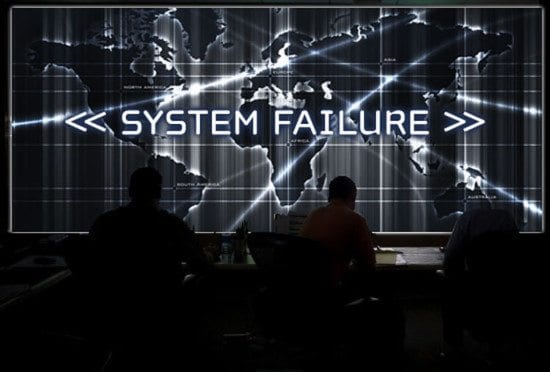Ukraine’s Ministry of Defense on Tuesday said it had been hit with a cyberattack amid heightened tensions with Russia and concerns Moscow could launch aggressive actions against the country, including a potential ground invasion. In addition, at least two Ukrainian banks and some ATMs lost connectivity, according the Ukrainian Center for Strategic Communications and Information Security, which is part of the Ministry of Culture and Information Policy.
About the Author
-
ISBuzz Team embodies the collaborative efforts of the dedicated staff at Information Security Buzz, converging a wide range of skills and viewpoints to present a unified, engaging voice in the information security realm. This entity isn't tied to a single individual; instead, it's a dynamic embodiment of a team diligently working behind the scenes to keep you updated and secure. When you read a post from ISBuzz Team, you're receiving the most relevant and actionable insights, curated and crafted by professionals tuned in to the pulse of the cybersecurity world. ISBuzz Team - your reliable compass in the fast-evolving landscape of information security



